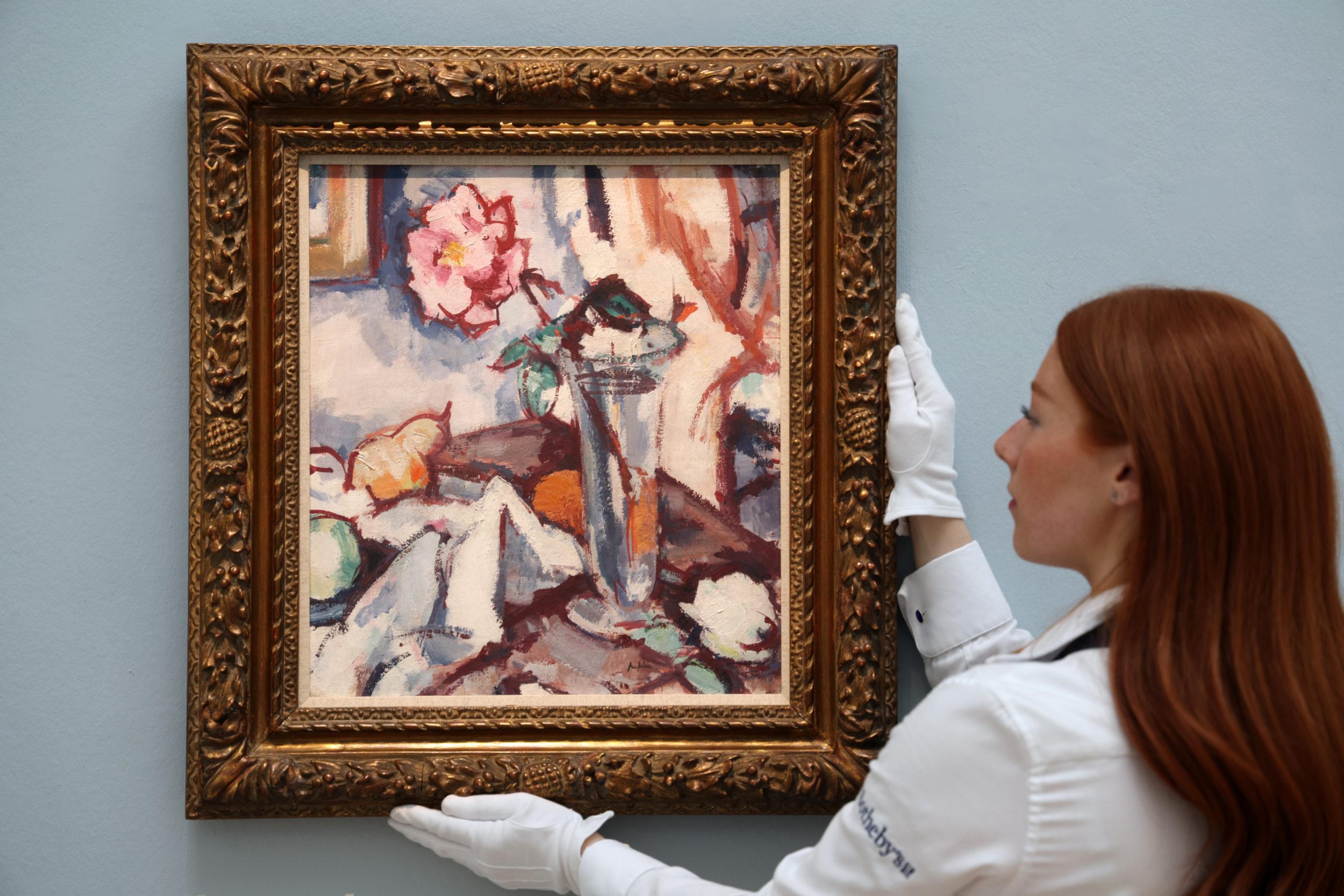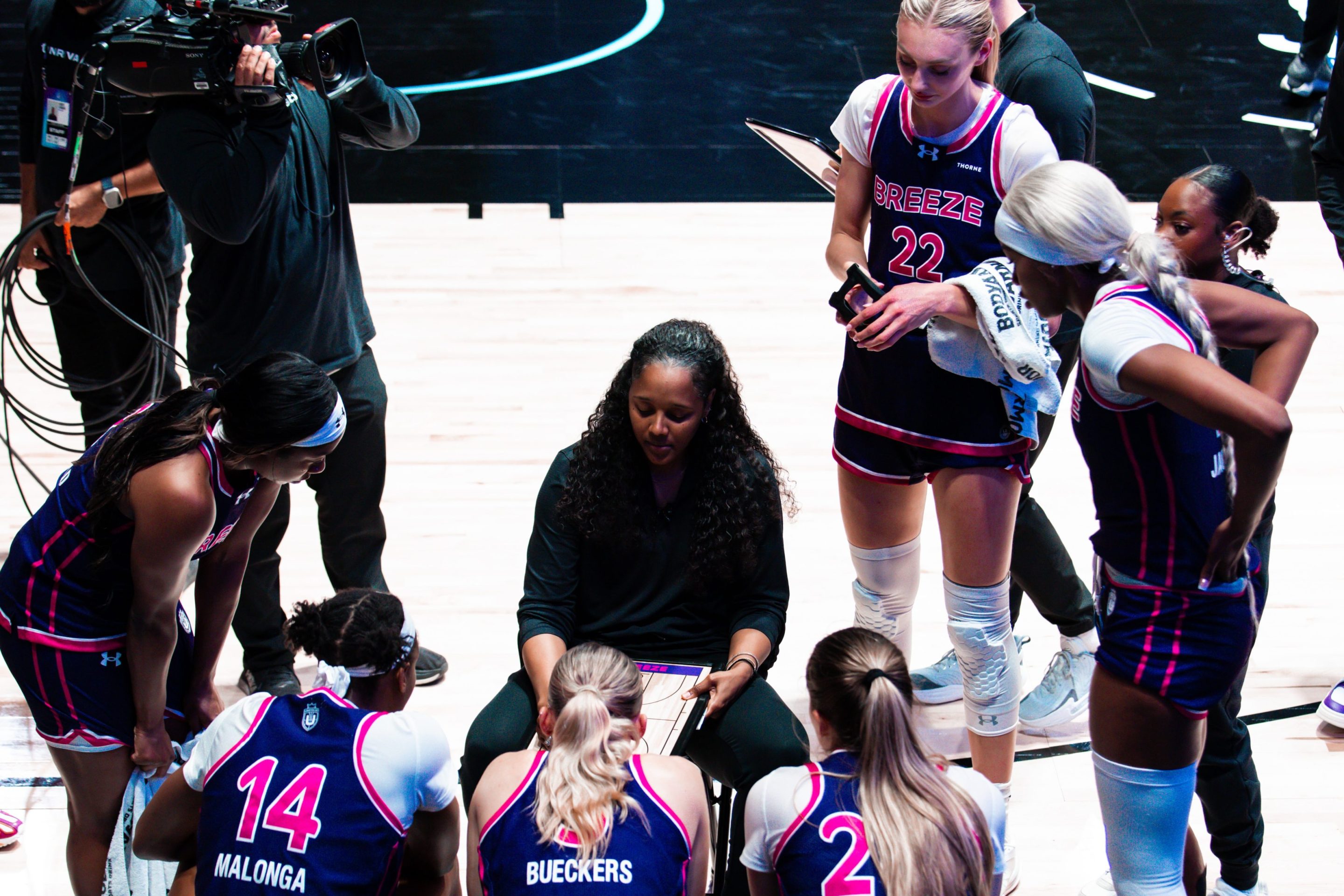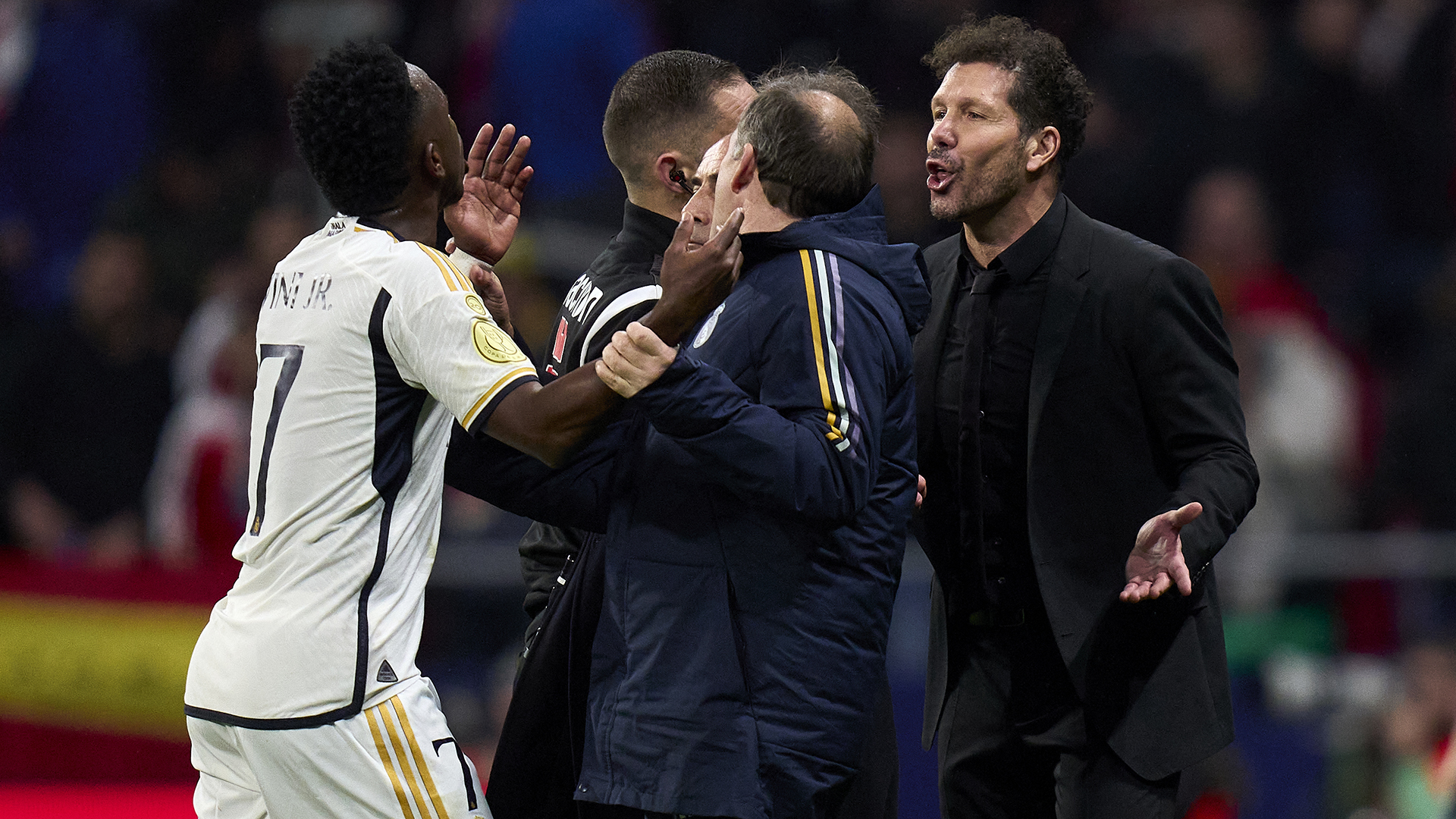One of the most expensive collections of art in the world is Philadelphia's Barnes Foundation, which holds one of the deepest benches of impressionist, post-impressionist, and early modern paintings. Dr. Albert C. Barnes made a ton of money creating a silver nitrate antiseptic that prevents blindness in infants and then did what most art collectors will tell you to do: he bought the artists he liked who were working at the time he was alive. In this way, the collection is also a kind of time capsule. It is filled with dozens of rooms; every wall has dozens of paintings hung for display in the amount of space that might house one or maybe two paintings in a normal gallery. It feels like each room has a Renoir, and a van Gogh, and a Matisse and a Modigliani and a Picasso.
But every room also has a Chaim Soutine. I have spent hundreds of hours in Impressionist exhibitions both in the States and abroad, and had never encountered a Soutine until I visited the Barnes collection. Soutine was a French painter who worked amongst the Impressionists. He was their friend. Anyone who would have bought a Modigliani might have seen a Soutine in the same trip. Yet Soutine is not a household name.
The inclusion of Soutine and dozens of other minor Impressionists in the Barnes, as well as the sheer quantity of van Goghs and Picassos is a representation of a form of art collecting that feels rarer and rarer in the modern present: buying shit you like.
Because fine art is dominated by the uber-wealthy, and sold at auction with staggering prices, artwork is now talked about as asset. Even I am guilty of this. When I'm trying to convince people to buy young artists—paintings they see in galleries or at farmers' markets or on the street—I hear myself slipping into the argument: It could be worth something someday. I recount a story about a man who made a fortune because he owned a liquor store in lower Manhattan during the rise of Abstract Expressionism and was trading handles of liquor for Pollock and de Kooning drawings. Buy art! It could make you rich!
But this is both the wrong reason to buy art and factually unlikely. Art is not real estate. It is not stocks. I've been considering this lately because I've been reading an excellent series by Katya Kazakina of Artnet. Kazakina has reported on the art industry for almost two decades, and is writing eloquent and deeply sourced pieces about how paintings aren't selling for what they used to. "The transactional fever of the past two decades has been built on the notion that art rivals stocks and real estate as an investment," Kazakina wrote. "The fog of flipping is lifting, and the emerging landscape is littered with casualties."
Kazakina goes on to lay out how many pieces she's seen come back to auction a mere few years after they are purchased, only to sell hundreds of thousands of dollars less than their initial purchase price. The idea that art could be a financial investment is actually fairly new in the art world. For decades, the price a piece sold for was not publicized. The point was what you got for your money, not how much you paid for it. But as art has increasingly become the domain of not only the rich but the uber-rich, publicity of pricing has become the norm. People want to brag not about the fact that they get to live with a Picasso in their house (something I would trade infinite things for), but that they spent $200 million or whatever to do so.
Not surprisingly, this market is bad for artists. Once a piece has sold for a certain amount, the art industry loathes to bring that price back down again, which means that even if an artist makes a lot of money in the beginning of their career, they may not be a hot commodity for long. There's a prevailing thought which Jasmin Tsou articulated to Kazakina, that "you can’t lower the value of the artists’ works without causing a total crash of their careers." Collectors don't view the price of a work of art as indicative of the market it sold in. They view it as a mark of the work's inherent value. But what that means is that when an artist's popularity dips, the price will remain high, and their work just ... doesn't sell.
Thinking about art not only as an investment, but one that must only ever increase in value forever, is bad for everyone: the people making it, the people buying it, and the people who want to look at it. Worth should not be determined by the ability to put it back on the market, like flipping some mid-century modern ranch house. The value should come from the joy you get from having it, and looking at it. That, however, requires people to buy work that they actually like and find interesting rather than work by artists that seem like they are gaining in popularity.
When I said earlier that the Barnes Foundation holds an expensive collection, maybe I was understating things. It is estimated to be worth $30 billion. Thirty. Billion. Dollars. But the reason it's worth that much is that Barnes himself bought hastily and with abandon, and with a fucking eye. Sure, during the Great Depression he bought paintings rich people needed to offload, but he also just bought a ton of work from relatively unknown painters.
The Soutine paintings that I've been so drawn to in the museum were Barnes's own find. When he saw Soutine's work in Montparnasse in the 1910s, he bought everything in the gallery, making Soutine an overnight sensation and skyrocketing his popularity. There are 21 paintings by Soutine in the Barnes collection, and he bought them because he loved them.
The beauty of loving a piece of art so strongly, for a collector, is the possibility it will hold that same power and attraction over someone else. After visiting the Barnes, Willem de Kooning, one of the leading artists of the Abstract Expressionist movement, said that Soutine was his favorite artist. But to find art that matters to you, and can matter to others, we should stop thinking about it as a financial investment and starting thinking about it as an investment in ourselves, in our lives, in our happiness, in our taste. The investment isn't in our portfolio or our own future, but in the future of the artist. It's a gamble not for profit but on the hope that more people will discover it and fall in love, and that the people trying to pay their rent by making something beautiful will be able to do so.






